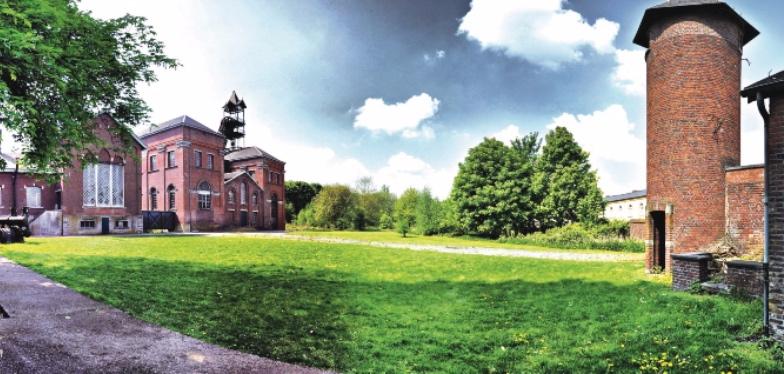FOUR BELGIAN UNESCO MINING SITES
The sites are very well preserved and illustrate Belgian coal mining from the early 19th century until the second half of the 20th century.

Listed as UNESCO World Heritage Sites in July 2012, the four sites are located in Wallonia, one of the oldest and most emblematic coal basins of the Industrial Revolution in Europe. Together they form a 170 km-long strip that stretches across the country from west to east. Each site spotlights various aspects of a significant activity in industrial history.
Situated outside Liège, this is the only site where it is still possible to go underground to visit the galleries and get a feel for the lives of the "Gueules Noires (Black Faces)". After descending about 50 metres underground, you will learn about the different stages of coal processing.
Dating back to the 17th century, this is one of the oldest coal-mining sites in Europe. During the guided visit in the mine's museum, you will discover the particularities of a worker's life: eating, taking care of oneself, finding entertainment, educating oneself or even praying, all in the space place, under the guise of a paternalist vision that allowed for better financial returns, thanks to greater social control.
Near Mons, this site is home to the Centre of Innovation and Design, as well as the Museum of Contemporary Art. Here, you will discover contemporary art and design through exhibitions and activities, but you will also be able to visit the working-class city designed by architect Bruno Renard.
Not far from Charleroi, this site remains infamous for the catastrophe that occurred here on 8 August 1956, which caused the deaths of 262 miners. As such, the site has chosen to heighten the public's awareness of the working conditions in mines at that time. While here, you can also visit the wooded area and the memorial, as well as the Glass and Industry Museums.